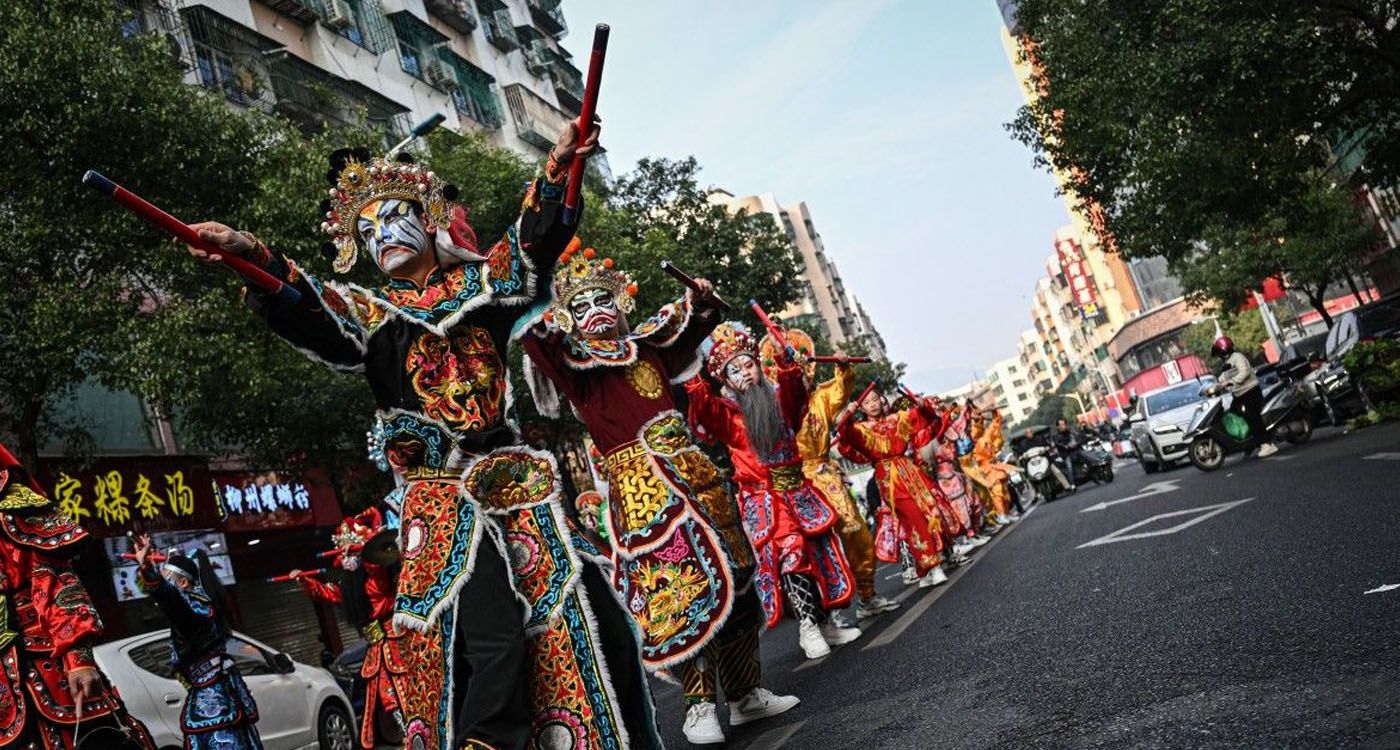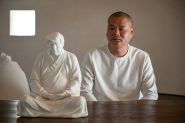
The Yingge dance, blending martial arts and Chinese opera, has gained renewed popularity in southern China, drawing large online audiences ahead of the Lunar New Year. Originating in Guangdong, the dance, a symbol of traditional culture, continues to inspire young people and attract tourists.
In the bustling streets of Shantou, a city in southern China, 40 young dancers clad in vibrant costumes and painted faces bring traditional performance art to life as they move to the rhythm of gongs and drums. Spectators line the streets, captivated by the energy and skill on display. This spirited celebration is part of a centuries-old dance known as the Yingge, or “Songs of Heroes,” which blends martial arts with elements of Chinese opera. Its performances are a key feature of the region’s festivities leading up to the Lunar New Year.
The Yingge dance, with its deep roots in the cities of Shantou and Chaozhou in Guangdong province, has remained an integral part of the local culture. Often performed to usher in good fortune during the Lunar New Year or other special occasions, the dance is inspired by legendary tales, including those found in the famed Ming dynasty novel Water Margin.
For 50-year-old tourist Wang Mei, watching the vibrant display is an exhilarating experience. “They have a lot of energy! It’s super exciting to watch,” she said, adding that the performance has a unique charm. This lively art form has gained renewed popularity, thanks in part to its presence on platforms like Douyin, China’s version of TikTok, where it has recently gone viral, reaching hundreds of thousands of viewers.
The dancers, many aged between 12 and 30, are outfitted in elaborate costumes representing soldiers or mythical heroes. Their performances evoke a sense of pride for the people of Guangdong, where traditional customs are still deeply valued. Wang Mei, who traveled specifically to witness the dance, believes it is something special in an era where other parts of China have seen New Year traditions begin to fade.
“Elsewhere in China, there is less and less of a New Year atmosphere. Here, it is very distinctive. We came especially to watch [the dance],” she said.
As modern life, urbanization, and technology continue to shape China’s evolving society, some older customs have been lost. Firecrackers, for instance, have been banned in certain cities due to safety and environmental concerns. Hua Jie, 52, from Nanjing, noted that many young people now work far from their hometowns, leading to a decline in the transmission of traditional practices. Hua, drawn to the Yingge dance through Douyin videos, believes that it represents the best of traditional culture.
The Yingge dance was showcased during Xiaonian, or “little year,” the traditional period of New Year preparations. In 2006, it was recognized as a national intangible cultural heritage, a testament to its importance in Chinese culture. Despite its ancient origins, the dance still resonates with young people, like 25-year-old Zheng Guangyan, who finds pride and energy in his performance. “When we put on these outfits, we feel really cool,” he shared. Zheng’s troupe attracted 130,000 viewers online during a recent performance.
Zheng believes that the growing popularity of the dance across China could spark a broader cultural revival, helping to ensure that traditional arts are passed down for generations to come.
With AFP




Comments